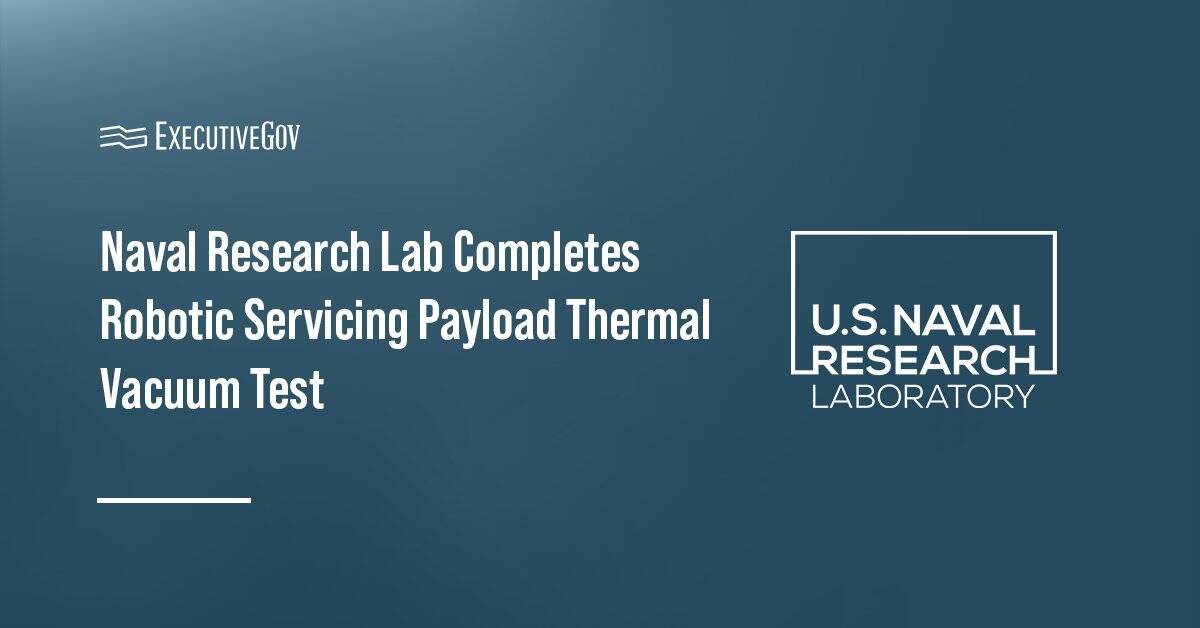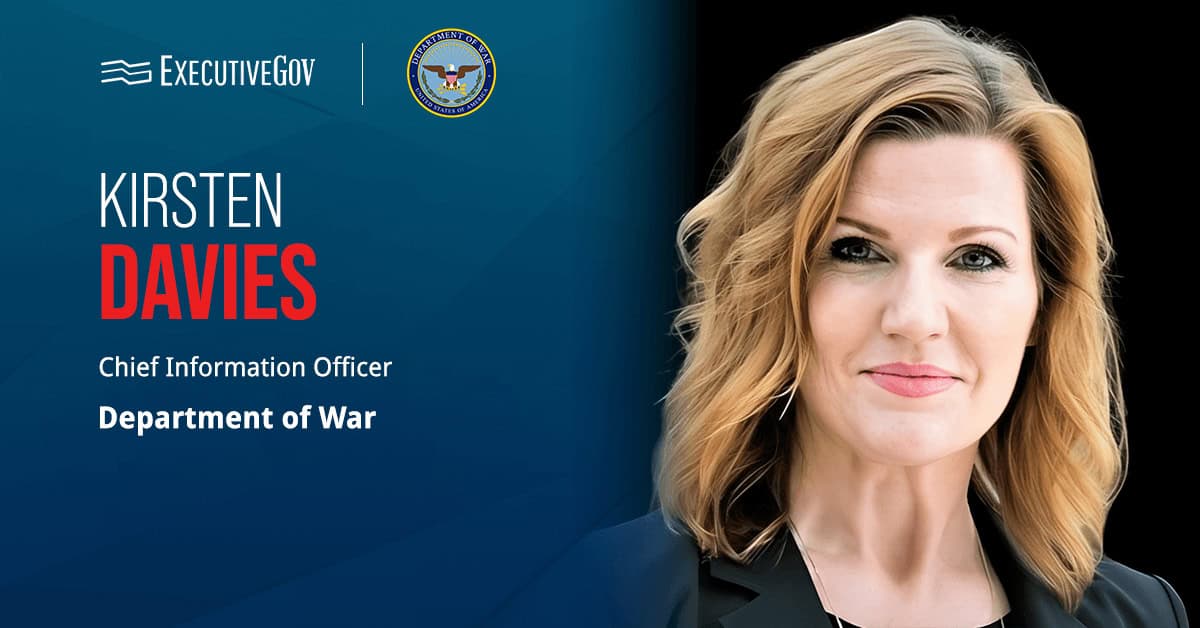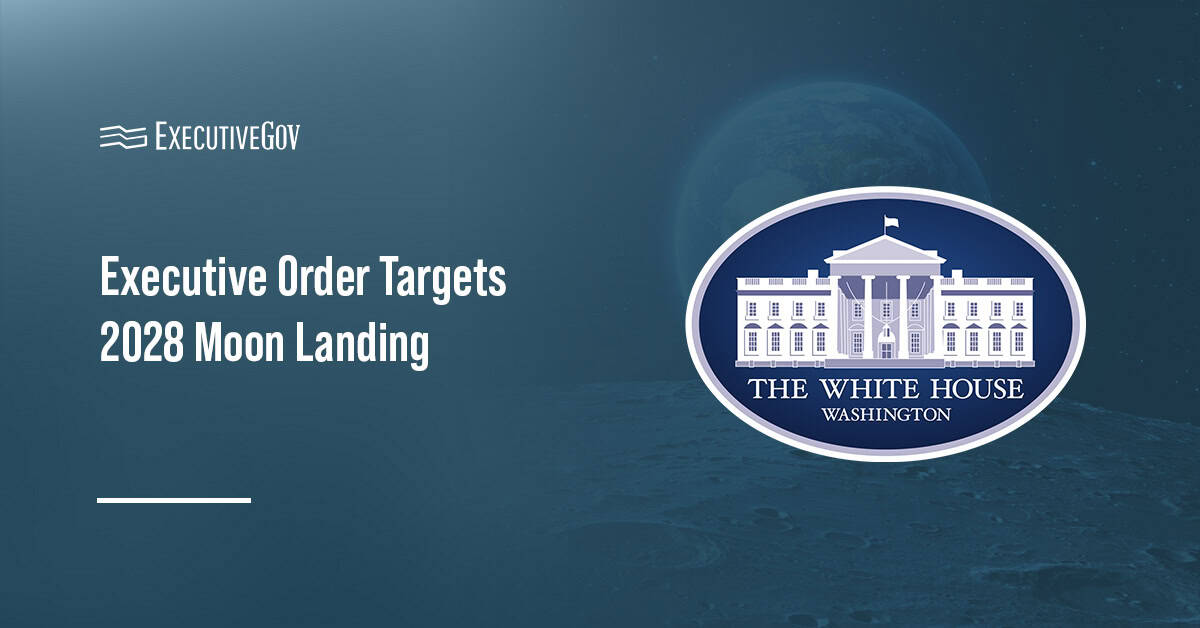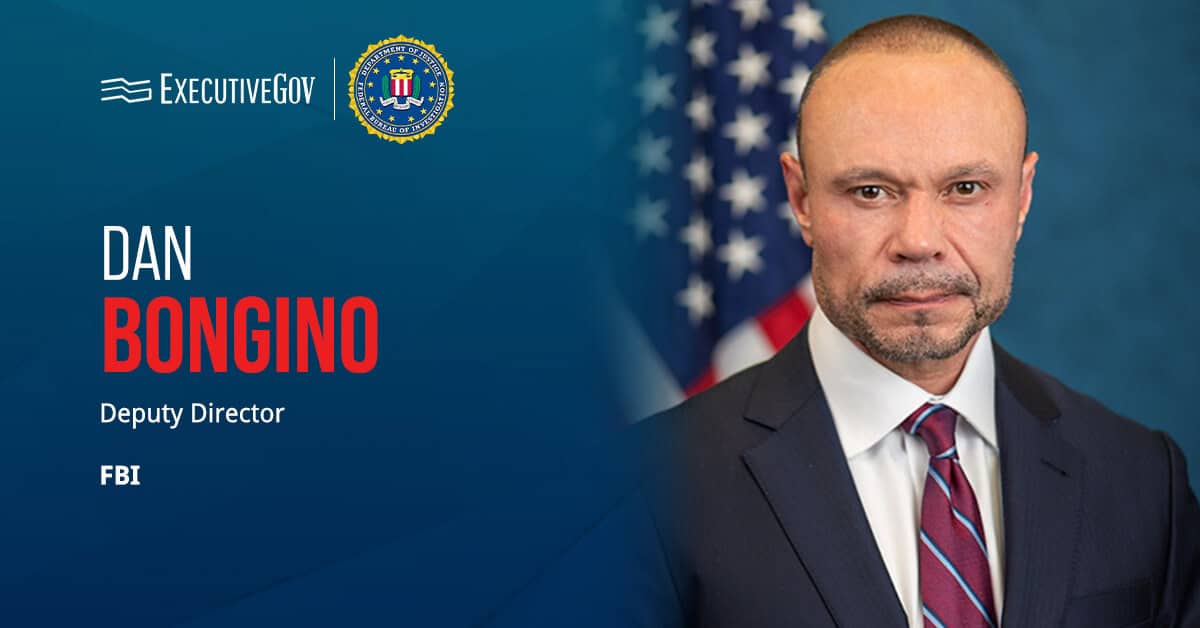The Naval Research Laboratory has collaborated with the Defense Advanced Research Projects Agency and Northrop Grumman‘s SpaceLogistics to demonstrate a robotic spacecraft developed to service and extend the life of space-based satellites.
Table of Contents
Thermal Vacuum Test
NRL said Thursday that the test, completed on Sept. 5, evaluated the space readiness of the Robotic Servicing of Geosynchronous Satellites, or RSGS, payload. The spacecraft, integrated with SpaceLogistics’ Mission Robotic Vehicle, underwent the thermal vacuum, or TVAC, test, which confirmed the system can endure the extreme temperatures and vacuum conditions of space.
Following the successful test, the system will be returned to Northrop Grumman’s Dulles, Virginia, facility for final checks and integrated systems testing before it is brought to the launch site.
“The completion of spacecraft thermal vacuum testing marks the most critical milestone of recognizing the NRL-developed payload and MRV are capable of working together as a system,” said Bruce Danly, director of research at NRL.
Advancing Satellite Servicing Technology
The RSGS program, a result of over two decades of research and development at NRL, is intended to develop robotic systems capable of performing close inspections, orbital adjustments, hardware upgrades and in-orbit repairs on satellites in geosynchronous orbit.
The robotic spacecraft will carry a Rendezvous and Proximity Operations suite, including cameras, sensors and infrared imaging that will reportedly enable it to approach safely and service client satellites.





